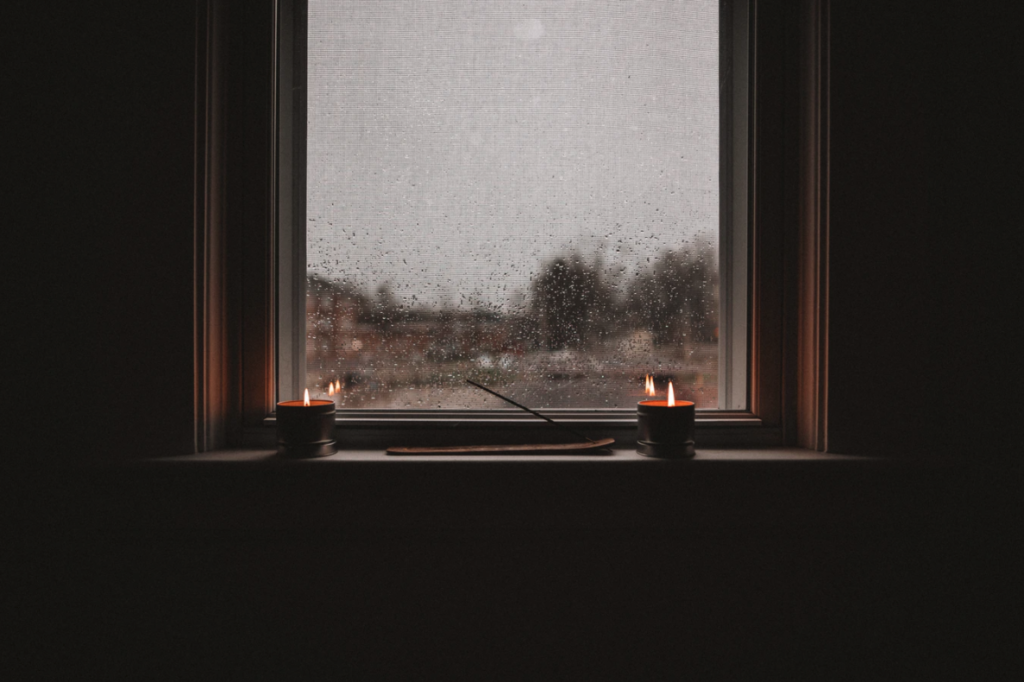
With the beauties of each season can come challenging weather conditions that sometimes damage homes and property. As you take steps to protect your house from winter’s ice and snow or springtime rain and wind, consider all aspects of the structure that may need to be updated or enhanced for adequate protection.
Roof and Gutters
Check your roof or have an expert do it to look for loose, damaged, and missing shingles. Have them repaired or replaced to keep your roof secure. The chimney should also be checked to ensure the cap is still intact and that no bricks are missing or crumbling. If your home’s gutters are aging or damaged, consider replacing them with new seamless gutters to keep leaves and twigs along with other debris from accumulating and causing gutter backups or overflows.
Windows and Doors
Your windows will benefit from weather proofing along the sides to keep out seeping water or blown particles from high winds. The padding can deteriorate over time, so check it at least once a year to see how it is holding up. Since it is inexpensive and easy to install, you can replace it yourself or have a handyman do it, possibly while doing other work around the house. The doors should also be fitted with weather strips for the same reason. The material, properly fitted, can also help to keep out insects in warm weather.
Porch and Patio
Depending on the type and size of your home’s porch or patio, use some type of cover to protect those structures in bad weather. You might want to install solar shades, a rain screen, or protective awnings to these areas. At some point, you could consider converting a porch or patio into an enclosed indoor-outdoor room for year-round use. Reinforce or cover exposed areas and objects like a mailbox for added protection.
Foundation and Basement
Inspect your home’s foundation to ensure it is still stable and firm. Look for signs of erosion or pest infiltration that should be addressed immediately. If the soil surrounding your home slopes toward the foundation, retrench it to divert moisture toward the yard to keep it from leaking into your basement. If the basement shows signs of dampness or mold, have it waterproofed before the rough weather begins.
Help your home to retain long-lasting beauty and functionality by taking proactive steps before bad weather arrives. A minor investment of time and money now can save thousands of dollars and inconvenience later.
Lizzie Weakley is a freelance writer from Columbus, Ohio. In her free time, she enjoys the outdoors and walks in the park with her husky, Snowball.
